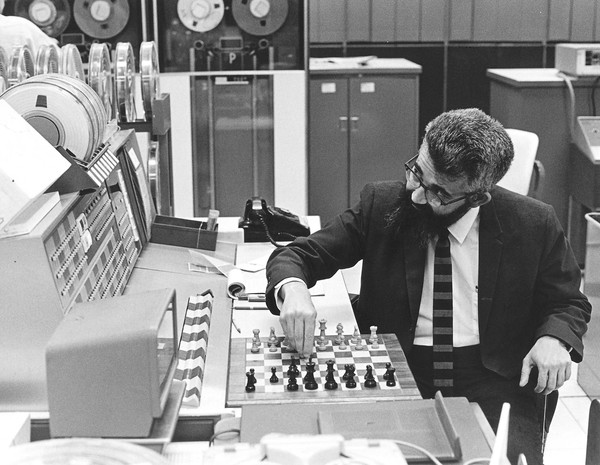If it quacks like a duck, it’s probably a duck, and Jean-Marie Le Pen and his youngest daughter, Marine, are a couple of ducks.
The former and current leaders of the National Front Party are at odds these days, as Marine attempts to provide the far-right French political group with a more polished and professional face than her loose-cannon dad ever did. But the FN brand of nationalism, even when espoused more politely, is still loathsome and unsettling. From Lucy Westcott’s Newsweek interview:
Newsweek:
Can you see any comparisons between the French and U.S. immigration systems?
Marine Le Pen:
France is different from the U.S.A.’s El Dorado, American Dream image. Millions of people hope to find a better future here. There’s a big difference between France and the U.S. In the U.S., immigrants must work to live. In France, they’re taken care of by public finances. In France, there are millions of unemployed people already. We cannot house them, give them health care, education…finance people who keep coming and coming. The weight is very, very heavy now.
Newsweek:
Do you think France could benefit from an immigration system more like that of the U.S.?
Marine Le Pen:
In general, France always imports from the U.S., but this doesn’t really work. If we could, we’d import a measure that’s consistent: If you come, you’ll have to live by your own means. We do not have the means, the money, to give you free health care, free schools. [This would] dissuade immigrants from coming.
Newsweek:
You’re in the U.S. as European leaders are getting ready to meet to find a solution to the enormous crisis of migrants drowning in the Mediterranean en route to a better life in Europe. What can be done to find a solution and what role can France play?
Marine Le Pen:
Politics shouldn’t invite those deadly trips, all of them are very dangerous. We need to stop the boats and put the immigrants in safety, but also bring them back to their points of origin. In Europe it’s a huge call, an open call, for people to risk their lives in the Mediterranean. [The National Front released a statement after a boat capsized last weekend, killing up to 800 people, calling it a “particularly terrible and shocking tragedy.”]
But we should ask the right questions: Who is responsible for that? Who is responsible for this huge crisis in Libya, for example, for those massive waves of illegal immigration? American leaders and French leaders.
Sarkozy is the guilty one in this situation because he contributed to the Islamist fundamentalist in power over there, with all the consequences that you now know about. [Last Monday, Le Pen blamed former French president Nicolas Sarkozy for the migrant crisis due to his 2011 invasion of Libya.]•


























